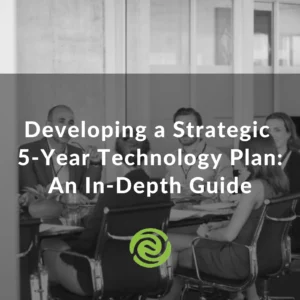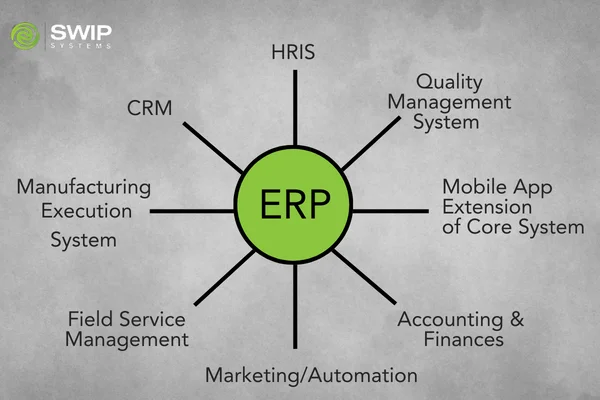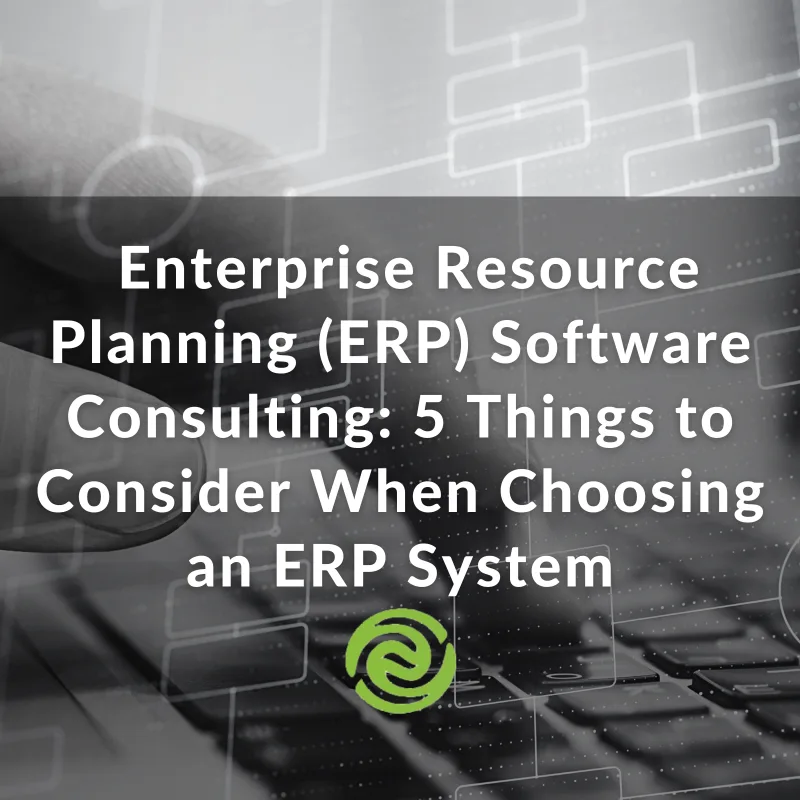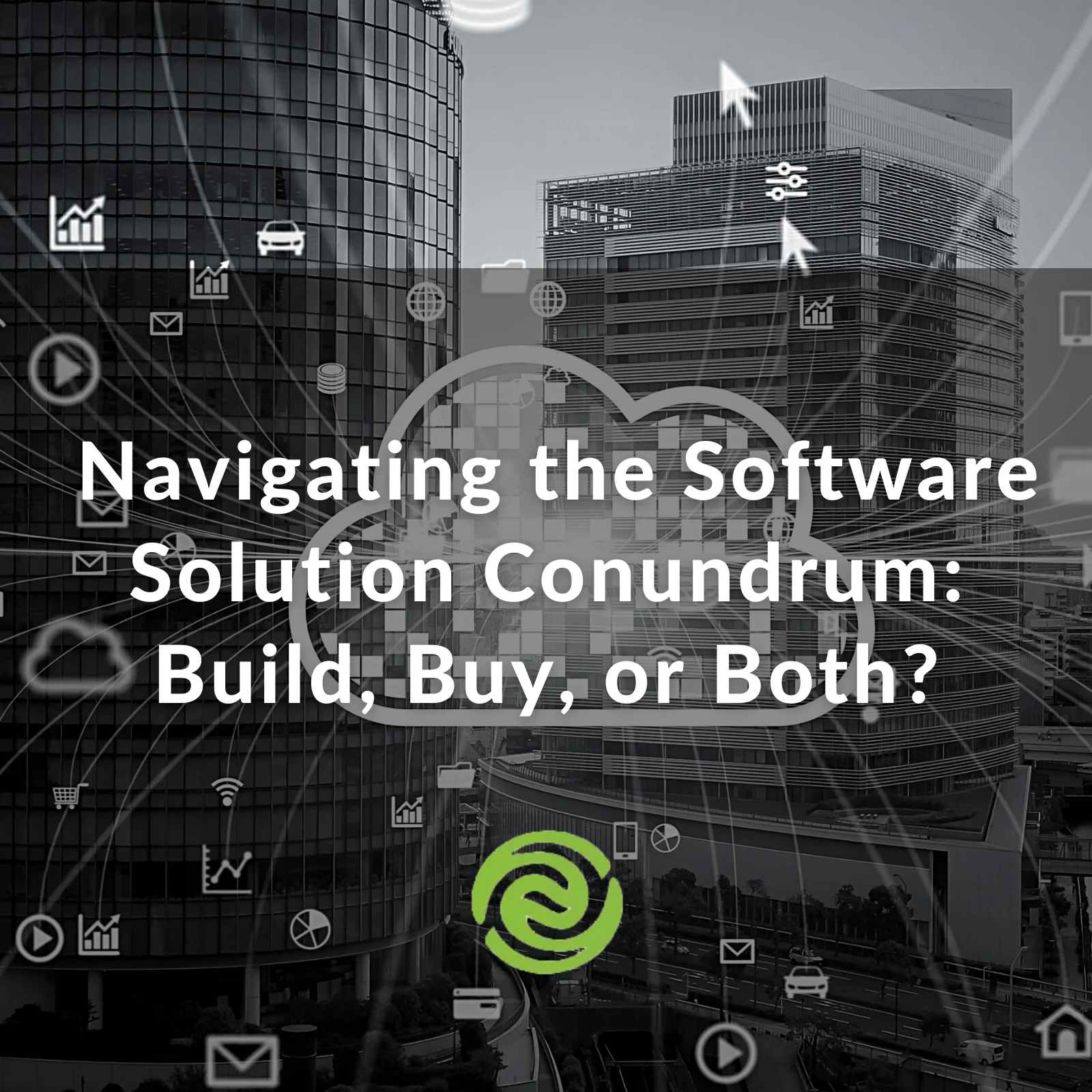A common pain point for many of our prospective clients is the persistent challenge of…
Developing a Strategic 5-Year Technology Plan: An In-Depth Guide
 In today’s competitive market landscape, technology isn’t just an operational aid; it’s a strategic asset. Businesses that fail to adapt or innovate technologically risk becoming obsolete. So how do you navigate your way through the whirlwind of digital transformation? The key lies in taking a few steps back before diving into the planning process. Here’s your comprehensive guide to creating a robust 5-year technology plan that will not only support but propel your business forward.
In today’s competitive market landscape, technology isn’t just an operational aid; it’s a strategic asset. Businesses that fail to adapt or innovate technologically risk becoming obsolete. So how do you navigate your way through the whirlwind of digital transformation? The key lies in taking a few steps back before diving into the planning process. Here’s your comprehensive guide to creating a robust 5-year technology plan that will not only support but propel your business forward.
Start with the End in Mind
Like an architect laying out a blueprint for a complex structure, as a leader you’re tasked with envisioning your organization’s technological framework. This blueprint will serve as the guiding document, influenced by your foresight and vision, for all the tactical decisions to follow.
We’re in a brainstorming phase here. Think big, there are no bad ideas at this stage! The evaluation and pruning stages will come later; for now, we’re populating a universe of possibilities as tech continues to evolve rapidly. Sure, budgets and resources are real constraints, but they shouldn’t limit your thinking at the onset.
Set blocks of time aside for the overall process over the next several weeks. The amount of time you need to set aside depends on the number of pieces of technology you want to look at. Think beyond the usual SaaS tools or CRM systems. How about leveraging AI for customer experiences or blockchain for security? These big ideas can often inspire smaller, more immediately actionable steps.
Envision what you want your technology to look like in five years.One key question to ask yourself is, “can your current tech stack support Web 3.0 and technology that will be coming five years down the line?” Think about technologies that are just emerging now and how they might be critical later.

Think Big About What You Want Your Technology To Do For You
While tackling these next steps, you become a critic of your own tech stack. A few things to consider during this step to keep an eye on…
Eliminating bottlenecks: Is your current system slowing down processes? Impeding progress altogether? Maybe it’s time to think about automation tools that streamline workflows.
Doing more with less: Could integrations streamline clunky processes or eliminate them altogether? Do you have to consider a smaller workforce to get more done?
Increasing efficiency: Would a new business management system shave hours off everyone’s daily tasks? Could a better CRM increase sales conversion rates?
Decreasing employee frustration: No one likes to work with slow, buggy systems. Happy employees are more productive, and better tools contribute to happiness at work and more success that can (and does) impact the bottom line.
Providing more visibility in the business: What would it be like if your technology gave you clear insight into what is going on in your business? What would that visibility look like?
Reducing risk in the organization: With solid data comes solid business decisions. What do you need to know about your organization to reduce inherent risks?
Increasing profitability: What could you do with more revenue? Grow more, hire more talent, explore new markets? What needs to happen in your business to increase profits?

Building Your Tech Ecosystem
Now that you have a better vision of what a successful tech stack could do for your organization it’s time to gain an understanding of where your current systems are and how some may need to be eliminated, integrated or added on. It’s time to think about where your current tech is lacking the above benefits.
One by one, determine what needs to be done to each component to get it on the right path. Consider items such as
- ERPs
- Core business systems
- Ad hoc systems
- Off the shelf systems
- Custom systems
- Integrations
- APIs
Start with the core of your tech stack as a hub and determine what other spokes need to extend off the hub for a complete ecosystem.
Let’s take the following example. At the core there is one central platform… for this example we’re going to use a manufacturing company. At the center of the system is the ERP, it is the nucleus of the technological ecosystem. But that’s not enough. For a truly integrated and seamless operation, various subsystems (the spokes) must integrate perfectly with the nucleus.

You’ll want to surround your central system with everything you have operating currently within your business…and everything you do not.
A few things to consider might include…
Other spokes to consider:
- CRM
- Accounting and Finance
- Marketing / automation
- Public facing website
- Human Resource Information System (HRIS)
- Mobile app extensions of the core system
- Estimating and contracting
- Manufacturing Execution Systems (MES)
- Field service management
- Project and deliverable management
- Timeclock
- Quality Management System
- Payroll and Learning Management Systems (LMS)
- Internal Communications
- Calendars
- Dashboards and analytics
Grab your pen, or dry erase marker, or mouse and start mapping out what your current spoke and wheel framework looks like and what you’d like it to look like going forward. This helps you and your team visually see each component of the overall system. Whether you’re a tactile thinker who prefers scribbling on a physical whiteboard or a digital native who lives in virtual workspaces, visualization tools can help you see both the forest and the trees.
Reviewing Each Component
By reviewing each component of your technology stack, you’re ensuring that no stone is left unturned. It’s not just about what your technology can do for you today, but also about how it will support your business goals five, ten, or even fifteen years down the road. Consider strategies such as…
Assessing Current Capabilities
What is this particular piece of technology capable of right now? Is it meeting expectations? Where is it falling short? This will help you identify gaps that need to be filled, either through upgrades, additional training, or possibly replacing the technology altogether.
Evaluating Scalability
A crucial but often overlooked aspect is scalability. As your business grows, will this technology grow with you? If it’s a custom mobile or web app solution, who will be your development partner? If it’s an off-the-shelf solution, are there plans for future updates?
Understanding Integrations and Compatibility
Your technology pieces have to work well together. Evaluate how easy it is to integrate the components with other systems. Are there open APIs available? If you’re planning to bring in new technology, how well will it play with your existing stack?
Cost-Benefit Analysis
Sometimes expensive technologies save money in the long run, while cheap solutions can end up being costly due to inefficiencies or security risks. Always balance the upfront and ongoing costs against the expected benefits, both tangible and intangible.
Compliance and Security
Compliance with legal regulations is non-negotiable, especially for components that deal with sensitive data. Similarly, assess the security features of the technology. Would you need additional cybersecurity measures to protect your data?
Bringing in More Brain Power
Once you have come up with your end vision, team involvement and feedback is your next secret weapon! Your team members are the end-users. They have insights that you don’t. Include them in this journey to ensure you’re solving real problems, not just perceived ones. Ask them to find gaps that are missing from your initial analysis.

Have representatives from each department provide insights into what’s working and what’s not. Their feedback could be invaluable. Get their input on the existing plan and be open to feedback of all types. Once you’ve got the team involved, find out what is
- Working
- Not working
- Somewhat working
- Missing
- Needs improvements
Using the start, stop, continue approach developed by Phil Daniels, a psychology professor at Brigham Young University, works well in this phase where your team discusses what they want to start doing, stop doing, and continue doing with each component of your tech.
This phase requires meticulous scrutiny. For each component—whether it’s your CRM, ERP, accounting software, or internal communications platform—you’ll want to conduct a deep dive. Consider preparing a SWOT analysis for each technology component to assess its Strengths, Weaknesses, Opportunities, and Threats.
Next begin laying out the tactics that need to take place for each system. This may include…
- Buying off-the-shelf software
- “Renting” SaaS solutions
- Using online websites
- Developing websites
- Developing mobile app
- Developing integrations
- Infrastructure updates
- Cloud solutions
- Mobile solutions
- And other options
Prioritize and Execute
After assessing each component, create a realistic timeline for the changes that need to be made. Consider seasonal business fluctuations, budget cycles, and other potential delays while planning. Prioritize what you need to start on first.
We love a quick win! Quick wins can give everyone the confidence that the strategy is working. It’s also an excellent way to demonstrate value early in the game, which can secure further buy-in from stakeholders.
This is a marathon, not a sprint. Consistency in focus, execution, and review will drive your tech strategy to fruition. Again, looking at the calendar of the team ahead of time will help you stick to getting the project across the finish. Stick to the plan… but be willing to adapt as you go along.
What if things don’t go as planned? Always have a Plan B. Whether it’s reverting to an older version, temporarily outsourcing a function, or having a redundant system in place, contingencies can save you from significant setbacks.
Step on the gas and never let up. It’s really easy for day-to-day to knock you off your game quickly. Make sure to block out time in advance for weekly meetings and progress reports. Let your team know those time blocks are an absolute, and cannot be interrupted.

The Bottom Line
A 5-year technology strategy is a monumental task, but it’s critical for the long-term success of your business. By looking at the bigger picture, focusing on details, and aligning each component of your tech stack with your broader business objectives, you’ll build a future-ready organization. This isn’t just about surviving the next industry disruption; it’s about staying several steps ahead of it. Prepare today, prosper tomorrow.
If this is all a little too overwhelming, there is help available. Swip Systems can help you build out your 5 year technology plan. When you’re ready to start brainstorming how your technology looks today and what you want it to look like tomorrow, let’s explore the possibilities together. Swip Systems will help you evaluate your current tech, brainstorm what your tech could look like, and lay out a plan to bridge the gap. We love to talk tech! Call us today. 877.377.SWIP.






